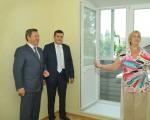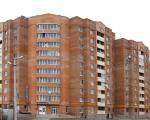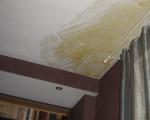New property tax. New property tax rate
Citizens of the Russian Federation who own real estate must pay property tax. Its value has long been calculated on the basis of the inventory value of housing. But since 2015, the taxable base is determined based on the cadastral prices for real estate. How is the property tax to the treasury calculated in accordance with the new legislative norms?
Why is the tax new?
What is the reason that citizens of the Russian Federation have to pay a new property tax? Strictly speaking, the nature of the relevant collection has not changed. It must be paid by citizens and enterprises owning real estate in the form of a fixed percentage of its value. However, the formula for determining the base amount for calculating the tax has changed significantly.
Until 2015, the property tax percentage rate correlated with the inventory value of the property. But after the reform, the cadastral price of objects became the basic criterion. It is almost always much more, sometimes at times. Its value is almost like the market value. Does this mean that the new property tax has increased proportionately? You can immediately say no. But overall it has grown. How much - we will now determine.
Essence of tax reform
To begin with, let's study a little the essence of the reform, during which a new property tax appeared. The legislator initiated appropriate adjustments to legal acts in order to tie the tax burden of citizens to the actual value of the assets they own in the form of real estate.
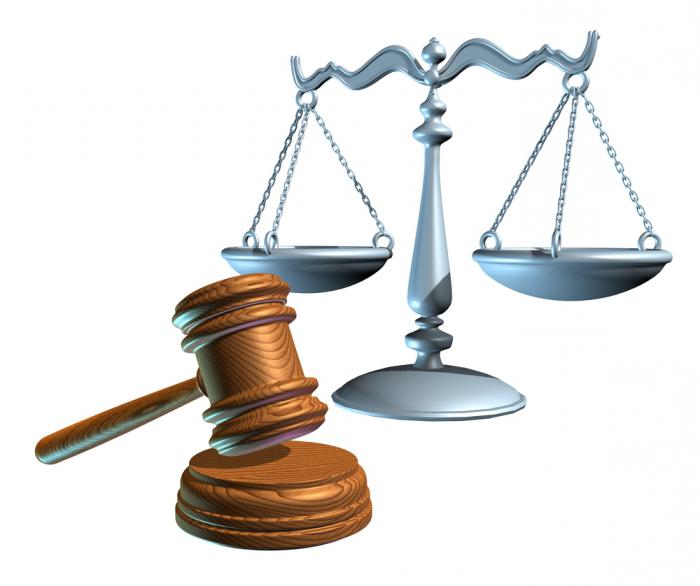
It is assumed that the owners of apartments belonging to the economy class will not feel much difference between the old and new tax calculation formulas. However, owners of luxury real estate will have to spend heavily.
Three types of taxes
In accordance with the reform, it is planned to introduce a three-level system of taxation of real estate in the Russian Federation. Thus, the owner of an economy-class apartment will have to pay 0-0.3% of the cadastral price of the property. The specific rate is determined by the region. The owner of the garage or parking lot will have to pay the same amount. The new real estate tax for owners of elite housing, the value of which, according to the cadastre, is more than 300 million rubles, will be calculated at a rate of 2%. Objects that are not classified in the two specified categories will have to be taxed at a rate of 0.5%.
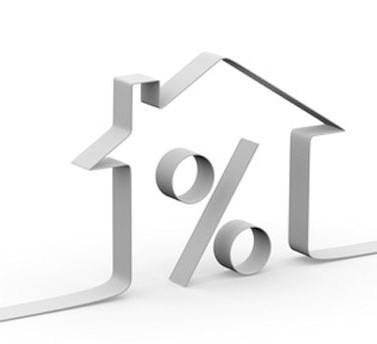
Changes in the corresponding section of the tax legislation of the Russian Federation are quite radical. This contrasts markedly with the government's rather conservative policy regarding fees for profits from home sales. Rates and deductions in this area have not changed for quite some time. There is no information available to the general public that could lead to the conclusion that a new tax on the sale of real estate will soon appear.
Smooth progress of the reform
Since the difference between the inventory and cadastral value can be very large, the legislator has introduced a smooth mechanism for the transition of citizens to pay the corresponding tax under the new scheme. Thus, an additional coefficient has been developed, according to which, starting from 2015, the fee will be calculated according to a formula that assumes an increase in the base by 20% annually. By 2019, this figure will reach 100%, by which time citizens will have to adapt their budgets to the new rules.
Calculation of property tax for individuals
Suppose a person is the owner of a small one-room apartment with an area of 50 square meters. m. Let's assume that the cadastral value of the object is 2 million 700 thousand rubles. We note right away that this amount will not be included in the base for calculating the fee in its entirety. The legislator provided, introducing a new property tax, benefits. And this is not only a smooth transition to the updated scheme, but also a special deduction. He assumes that a certain number of square meters can be deducted from the area of the apartment, and based on the proportion between the resulting figure and the cadastral value of the property, calculate the base for calculating the tax.
Property tax calculation: deduction
That is, 2 million 700 thousand rubles. The total area of the apartment is 50 sq. m. In relation to the relevant type of housing, the deduction, in accordance with the law, is 20 sq. m. m. It turns out that, in fact, only 30 square meters are subject to taxation. m in our case. To determine the size of the tax base, we first calculate the cadastral value of 1 sq. m of housing - we divide 2 million 700 thousand by 50. It turns out 54 thousand rubles. Then we multiply by 30. As a result, the taxable base is 1 million 620 thousand rubles.
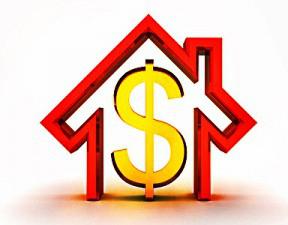
The tax rate is determined by the regional authorities. As we noted above, it can even be equal to zero. But this is unlikely. If the regional authorities decided to limit themselves to a rate of 0.1%, then, in accordance with the initial data in our example, a citizen will have to pay to the treasury, in accordance with the main idea of the tax reform, 1620 rubles. At the same time, this amount may be three times more if the relevant legal act is adopted by the regional authorities.
However, this is not all. We noted above that the legislator, having established a new property tax, has developed a system in accordance with which the financial burden on citizens who own apartments will grow smoothly. Its main element is the reduction factor. Let's consider its essence.
Reduction factor
The calculation of the new property tax in the transitional period assumes a de facto mixed approach, which involves not only indicators reflecting the cadastral value of the property, but also the inventory valuation figures. Together with them - the same coefficient in question.
The new law defines the formula by which the real estate tax is calculated in the following structure. Its main components:
- the amount payable, calculated on the basis of the cadastral value of the property;
- tax calculated on the basis of an inventory assessment of real estate;
- reduction factor.
Let's study what new property tax the owner of the same apartment of 50 sq. m with a cadastral value of 2 million 700 thousand rubles. We already have figures for the first point. At a rate of 0.1%, this is 1620 rubles. This will be the new property tax in 2019 at the same cadastral value.
When are inventory rates relevant?
Regarding the second point, we need data on the inventory value of the apartment. They are determined by the competent state authorities. Approximately for a one-room apartment of 50 sq. m inventory value - about 700 thousand rubles. The current rate for calculating tax on it is 0.1%. That is, if a person paid a fee based on the inventory value of his apartment, then it would amount to 700 rubles.
The third point is the reduction factor. In 2015 it is 0.2. Thus, we have all three components of the tax calculation formula. How do they relate to each other? Very simple.
Formula Structure
First, it is necessary to subtract the amount calculated on the basis of the inventory estimate from the amount that was obtained on the basis of calculations for the cadastral value. That is, subtract 700 from 1620, it turns out 920.

The next step is to add the resulting figure to the amount of tax calculated on the basis of the inventory value of the property. That is, we add 184 to 700, it turns out 884. This is the tax that in 2015 will need to be paid to the owner of an apartment of 50 square meters. m and a cadastral value of 2 million 700 thousand rubles. provided that a rate of 0.1% is approved in his region. The new real estate tax rate in this case will be equal to the one established for calculating the tax on the inventory value of the property. But the base amount for calculating the tax, of course, increases.
In 2016, the reduction factor will be 0.4, in 2017 - 0.6, and in 2018 - 0.8. Accordingly, in 2019 it will no longer be used, and citizens who have adapted their budgets to the new tax rules will pay fees to the treasury within the framework of the formula approved by the legislator during the reform. It can be noted that in those rare cases when the cadastral value of the apartment is lower than the inventory value, the formula we have considered is not applied.
Types of deductions
In our example, the owner of the apartment has the right to take advantage of the deduction of 20 square meters. m of the area of his apartment. This preference will continue even after the reduction coefficients are cancelled. It can also be noted that for rooms the corresponding indicator is 10 square meters. m, for separate residential buildings - 50 sq. m. If we are talking about calculating the property fee for real estate complexes, then the formula is somewhat different. It does not use square meters, but the amount of money that is deducted from the cadastral value of the object. Now it is 1 million rubles.
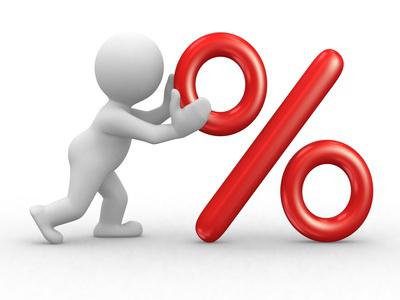
These are the features of calculating the property fee for individuals. Let us now examine how the new commercial property tax is calculated. It should be noted that the reform of legislation in the sphere of regulation of commercial relations is taking place in somewhat different contexts. Strictly speaking, the business tax cannot be considered fundamentally "new" - it has been calculated for quite a long time according to the principles that we are now considering.
Business property tax
The calculation of the appropriate type of fee for businesses can be carried out according to two schemes - based on the average annual value of the property, as well as on the basis of cadastral indicators. Let us consider the specifics of the fee calculation within the framework of the second mechanism.
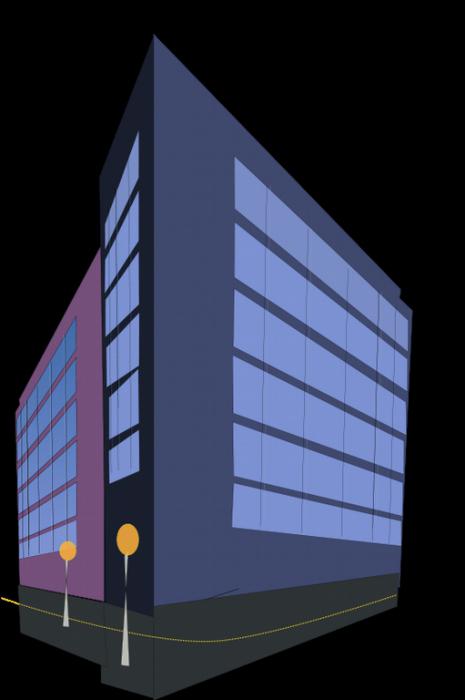
This calculation can be carried out both on the basis of the cost of a separate office or premises, and the cadastral valuation of the entire building in which the commercial facility is located. Sometimes the tax base also includes the cost of such facilities as parking, various types of technical premises - depending on what information is present in the cadastral passport of the building and documents in the BTI.
Unlike the calculation of property tax for individuals, the payment of the corresponding fee by commercial organizations does not imply any preferences in terms of mitigating the financial burden. The real estate tax rate for businesses is not reduced, although it can be flexible - we will consider the relevant specifics below.
The rate can be based on the value of the share of the object in the total amount, reflecting the cadastral value of the building. It is also possible that a particular commercial real estate object will have its own cadastral number, and, accordingly, the price. So, at what real estate tax rates should businesses pay?
Property tax for business: rates
The main legislative source by which we will determine the corresponding values is Article 380 of the Tax Code of the Russian Federation. The maximum rate for commercial real estate, in accordance with the norms of the law, is 2.2%, unless other values are established by the Tax Code.

If we are talking about calculating the tax on the basis of the cadastral value of the property, then the rate depends on the geography of tax payment. If the city where the company needs to pay the new property tax is Moscow, then the rate cannot exceed 1.7% in 2015. But from 2016 it will grow to 2%. Regarding other subjects of the federation, in 2015 the rate cannot exceed 1.5%, from 2016, as in Moscow, it can be increased to 2%.
Also, the Tax Code contains provisions according to which it is allowed to fix differentiated rates, the amount of which depends on the category of payers and the specifics of the property that is subject to the fee. Special rules are also defined in relation to main pipelines, railways, power lines and types of property that are part of these infrastructure facilities.
Enterprises operating under the simplified tax system have to pay property tax since 2015, although they were previously exempted from this obligation. As we can see, the principles for calculating fees to the treasury for businesses and for individuals differ significantly. Such is the specificity of the Russian tax legislation, as well as the legal systems of many other countries.


